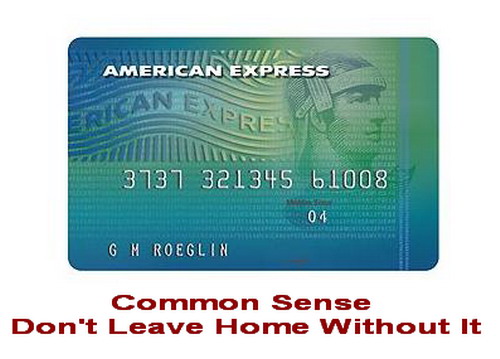Even the highest level Thai employees often find it difficult to know how to make good business decisions. Thais are not taught basic ‘common sense’ like westerners are, as much of their education relies on rote learning, so what westerners think is common sense in business just doesn’t often happen in Thailand. Realizing this, I devised this free EFL/ESL lesson plan to teach EFL/ESL business students to think about good business decisions and how to decide what is a good decision and what is not.
Expected Learning Outcome – EFL/ESL students will understand what they need to think about to make a good business decision.
Materials and Resources – Whiteboard markers, whiteboard, a handout with types of stores listed
Time Frame – 1 hour to 1 hour 30 minutes
Teaching Procedures
Step One– Put your students into groups and ask the groups to spend 5 minutes writing a list of the top retailers (shops) in their country. (5 mins)
Step Two – Now ask the groups to write down why they think each retailer is so successful. What do they do other retailers don’t do? What locations are their stores in that help them? What products do they sell that make them so popular? Is the quality of their product good? etc (5 mins)
Step Three – Ask each group to name 2-3 top retailers and write these retailers on the board. Next to each name, write a couple of reasons why the groups think these retailers are so successful. Once the list is on the board, spend 5 minutes discussing with the class if they think these retailers have made good business decisions and what they think are the best business decisions. (10 mins)
Step Four – With students remaining in the same groups, give the groups this assignment:
“You are opening a small shopping mall near a suburban train station. You have room for 6 stores but 12 stores have applied. Which stores will you accept and why? Where will you locate each store in the mall?” (I also draw a small map on the board of a shopping mall with 6 available store slots dotted around the mall, with each group having to decide where on the map they will put the shops).
Then give each group a handout that says – 1) coffee shop, 2) camera shop, 3) toy shop, 4) designer jeans shop, 5) luggage shop, 6) book shop, 7) burger restaurant, 8) cell phone shop, 9) pizza restaurant 10) jewelry shop, 11) women’s fashion shop, and 12) men’s fashion shop.
Give the groups 20 minutes to decide which of the 12 stores they will accept and why, as well as where on the mall map they would locate them. Tell them they need to think about the location (it’s near a train station), what types of people are likely to shop there, what kinds of items will they be looking for, what types of items are likely to be successful? etc. (20 minutes)
Step Five – Once the 20 minutes is over, have each group tell you which 6 stores they chose and why. Write these on the board. Then compare between groups and see which stores everyone chose and which stores no-one chose.
Have a class discussion on a) did they choose the correct stores for prime success in that location? b) did they think of all the relevant (common sense) factors to make these stores successful? c) was there anything they didn’t consider they should have considered? 4) did they put the stores in the best locations in the mall etc.

